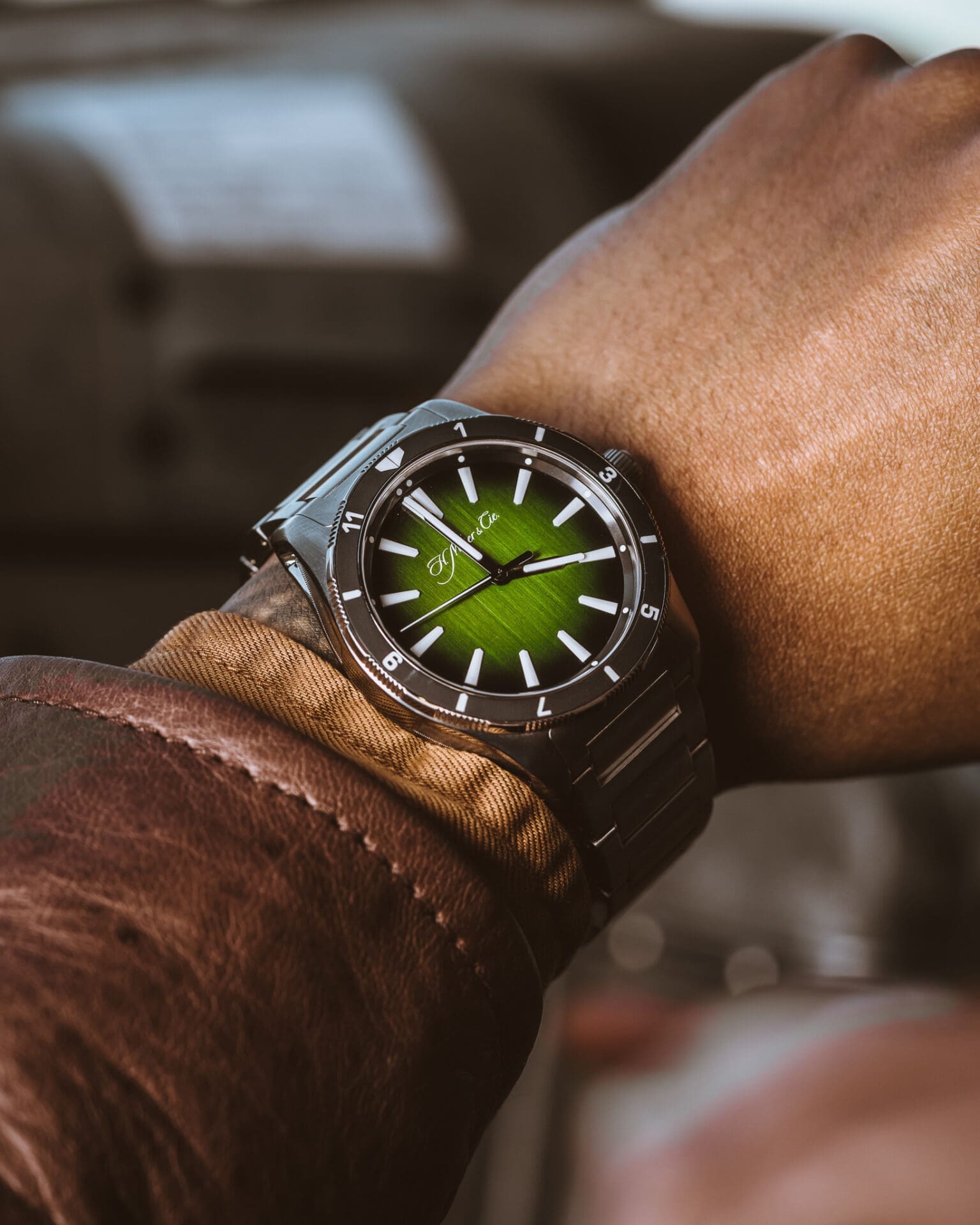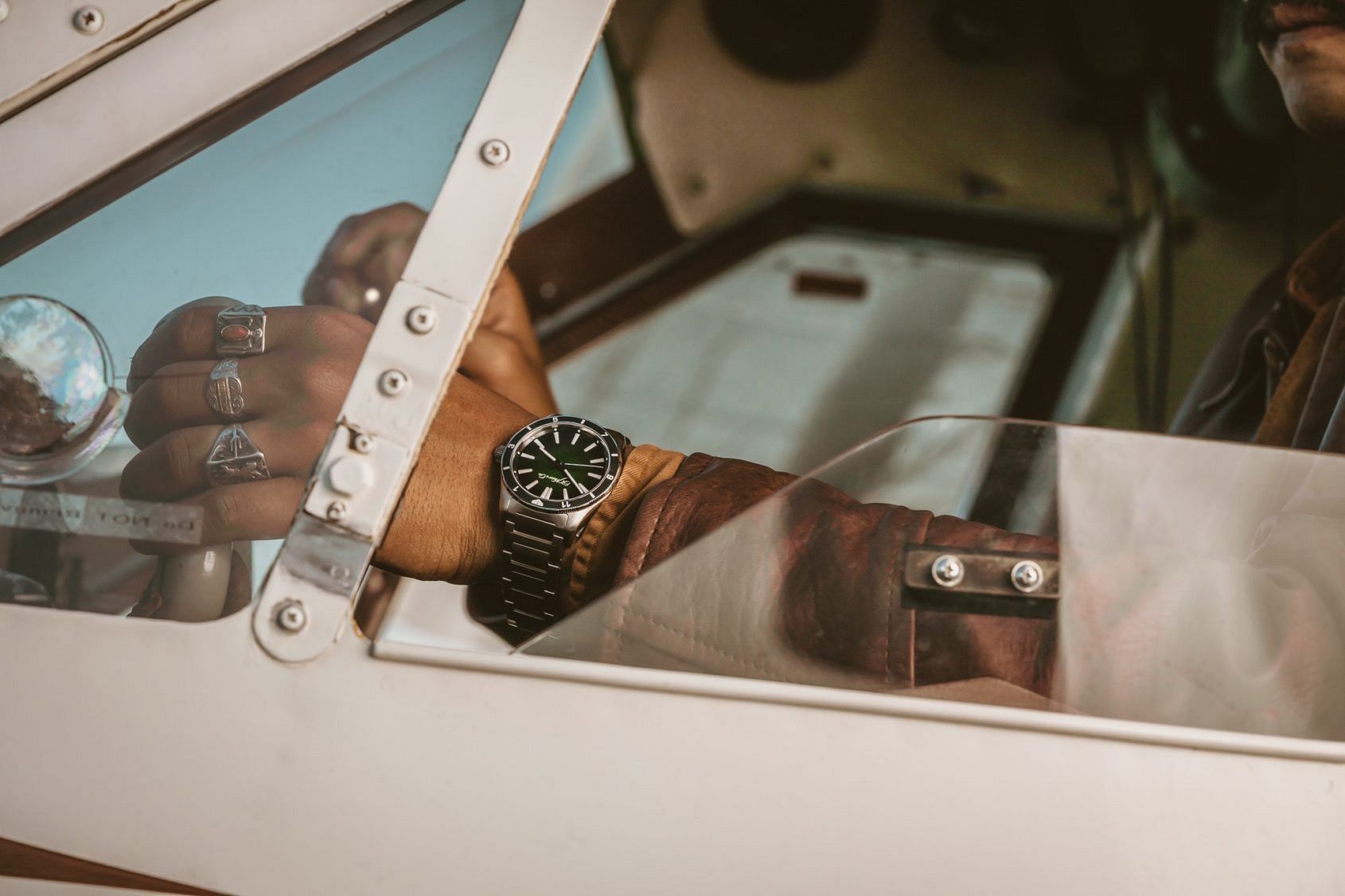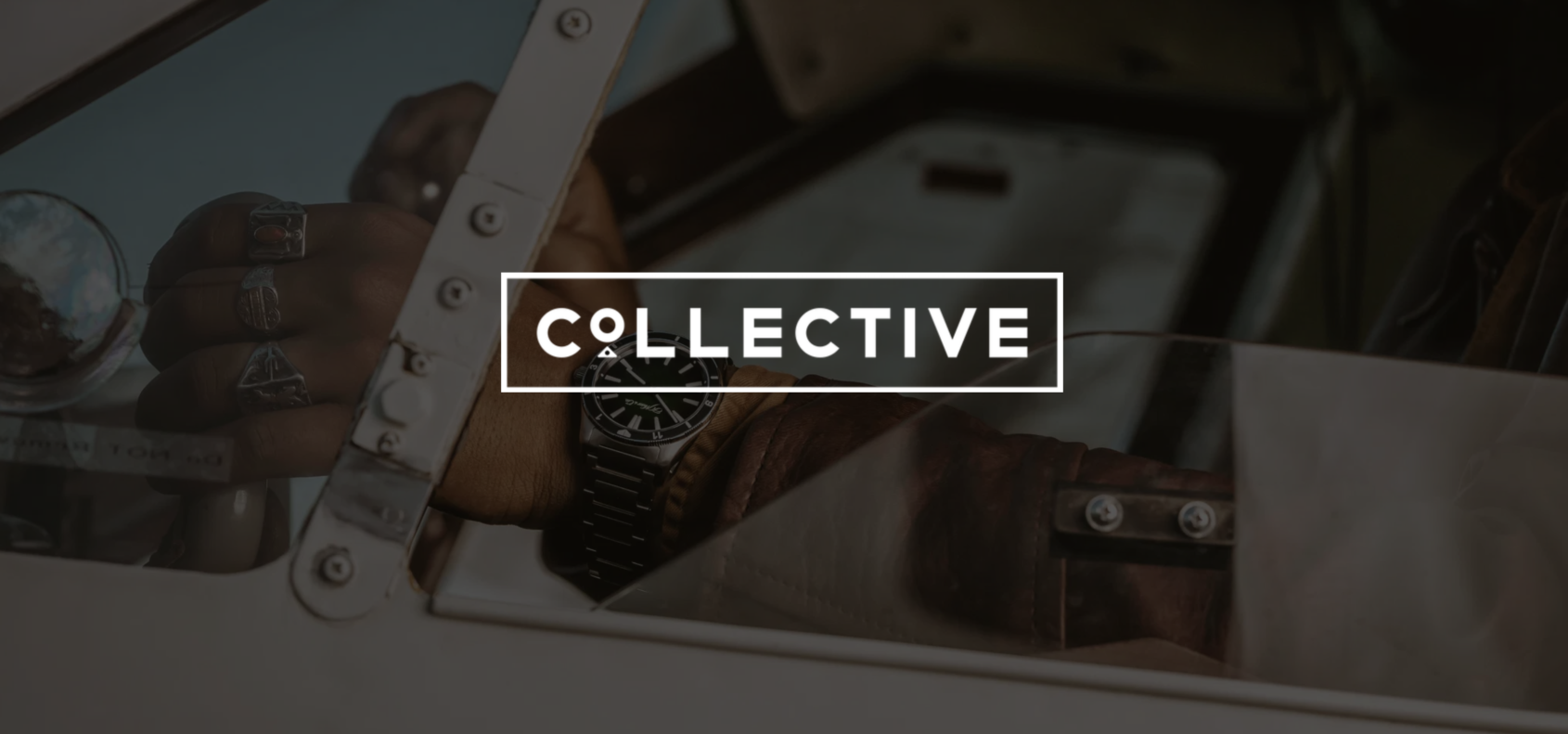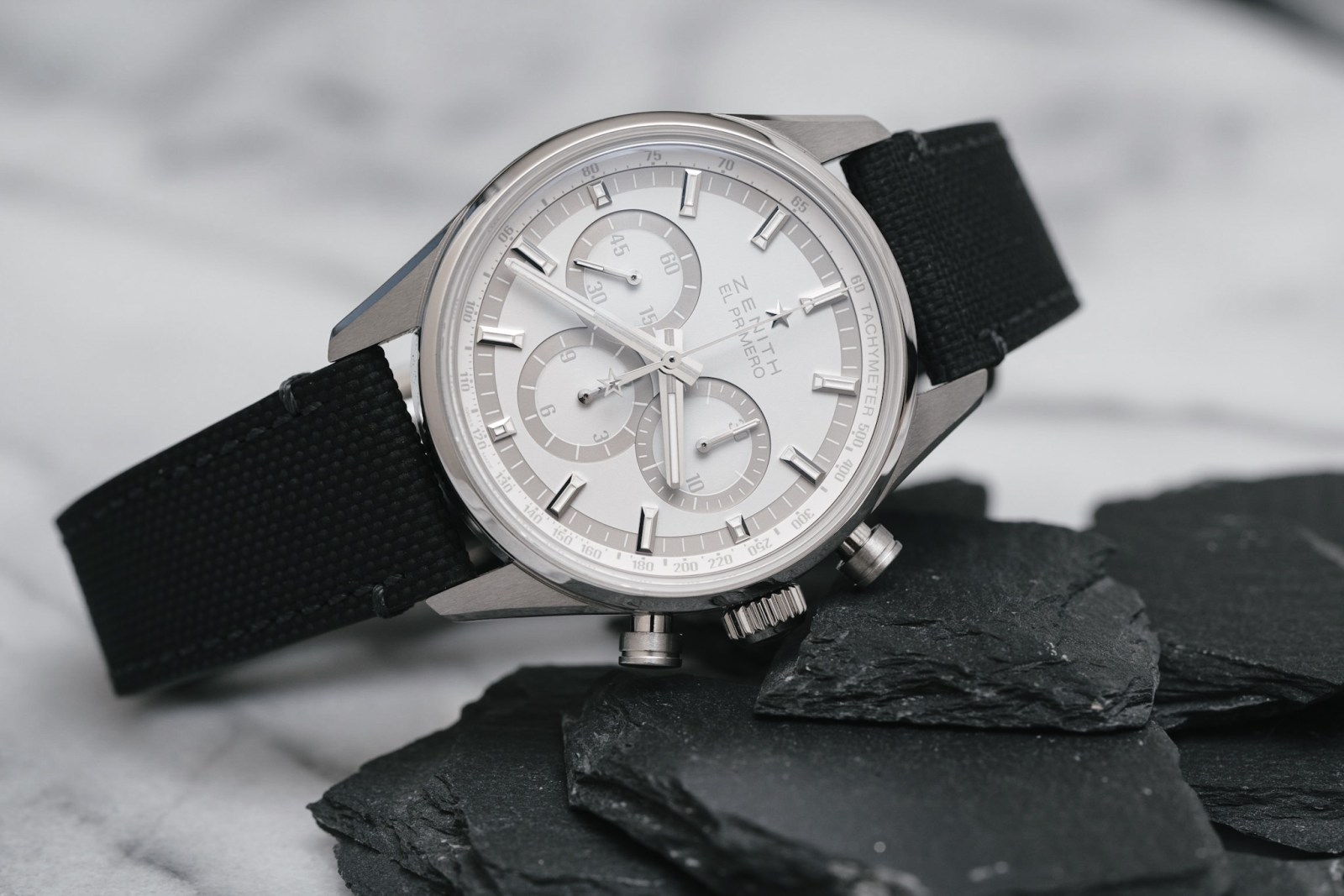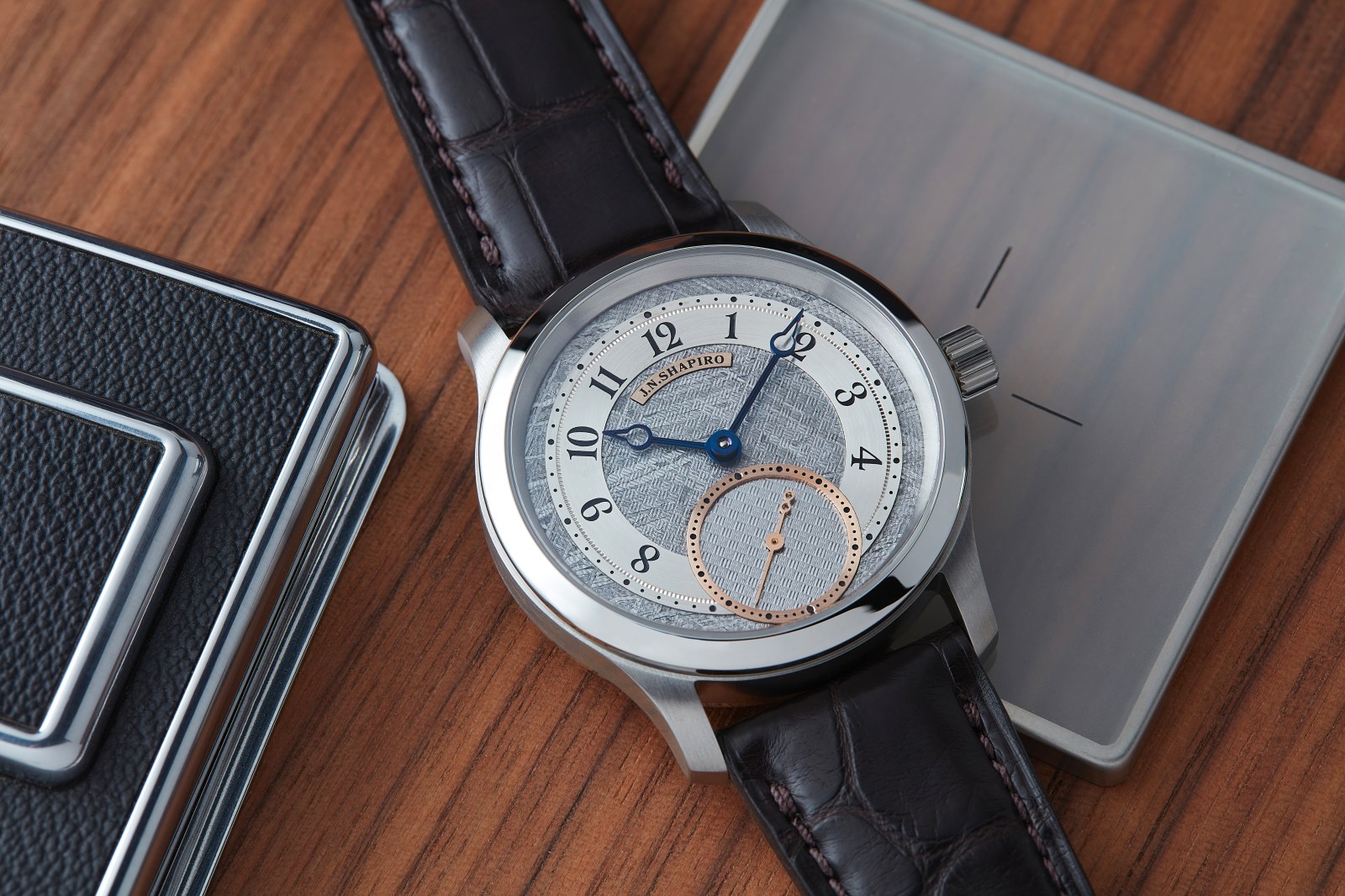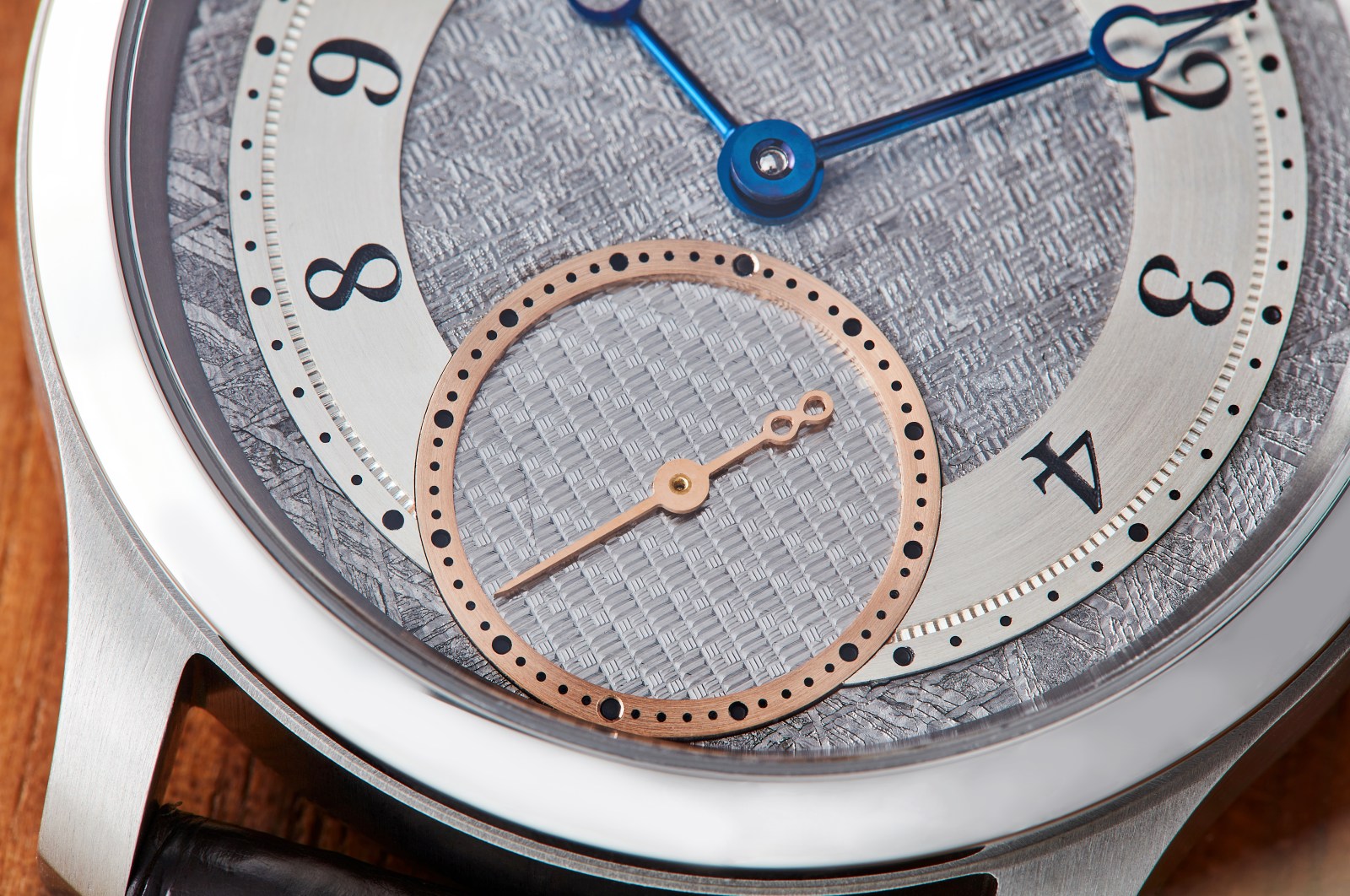INTERVIEW: Collective™ Horology are reinventing the watch collectors’ club to create truly special collaborations
Zach BlassWatch enthusiasm is initially generated by the product – there’s no doubt that the art of watchmaking and the many resulting creations are the main draw that hooks people in. But what really sustains the hobby, and helps it grow, is the sense of community in watches. Within #watchfam there are many collecting groups dedicated to bringing like-minded watch lovers together, typically to share a few drinks and talk watches. Two watch lovers, however, wanted to take the idea of a watch collectors’ club a step further. Collective™ Horology was started by founders Gabe Reilly and Asher Rapkin to create a positive and intimate space for horological enthusiasts to come together and share their love for all things watchmaking. What separates Collective Horology from other clubs is their efforts focus on creating collaborative pieces for its members. I found this dynamic intriguing, so I (virtually) sat down with Gabe and Asher to better understand what drives the Collective and how you can join in on the fun.
Time+Tide: What led you guys to creating Collective Horology?
Gabe: One of the things we’ve seen since the days when Asher and I were lusting after Invictas on the Poor Man’s Watch Forum, is that the tent of watch collecting has gotten bigger and bigger, which is amazing. And certainly things, like the internet, and Instagram and watch forums have all played a role in making the hobby more accessible. But as it’s become more accessible, it’s also become more anonymous. There used to be a community on watch forums where you knew who the regulars were – it was like a watering hole where you went to talk about watches. Now so much of that stuff happens on Instagram or in comment sections. We wanted to do something to bring people together in a more intimate and, frankly, more respectful way, because a lot of the comments on Instagram posts and articles have turned very negative because of that anonymity. We wanted to do something that was positive and intimate.
So we wanted to create a collector’s group around watches, but what would be different is that we’d focus on collaborative pieces. That’s our calling card. We thought that would be a really interesting way to give everyone in the community something that they shared in common but also some skin in the game. And it would also help us turn it into a business so that we could create a quality experience and it wouldn’t be just another watch club. That way we could have more programming, member benefits, and we could really run it in a more meaningful way. The Collective is just a cheeky name that comes from the notion that we’re a collective of people, but it’s also a play on being a collector.
Time+Tide: My understanding is that there are membership windows where people can apply to join. Are there any requirements or pre-requisites to becoming a member?
Asher: We view Collective as having two main components: there’s the community aspect that Gabe mentioned before to connect collectors and there’s a collaborative aspect. Our application process is not about exclusion. There’s nothing that we’re looking for, per se, that’s like a secret key. It’s not about the size or value of your collection. In fact, there’s one member who until recently when he got married, only had a Collective watch. But he was extremely passionate about horology and watch collecting.
There are windows that are tied to every watch release, that’s when we invite new members. What we’re really looking for are people that can demonstrate their love and their passion for the hobby and want to be an active participant in what we’re building. It’s not that we’re trying to determine if you have like the rarest Journe or the most pristine 62MAS, we just want to know what drives your passion.
As both a business and also a collector-driven organization, much of what we do requires capital. And in order for us to be able to continue to develop new pieces, in order for us to be able to create the kinds of member events and build the relationships that are necessary, we need to build and maintain capital. And it’s impossible to build a business plan if you can’t project what the revenue is going to look like. That’s part of why we require people to commit to investing in our pieces.
View this post on Instagram
As to what the requirement is, we ask all members to commit to investing in one Collective piece from either the Collective series or the Portfolio series every 24 months. And we do our very, very best to ensure that watches have a diversity of price, that we’re not asking everybody to buy an extraordinarily expensive watch. So we want to make sure that we keep that diversity there. But it’s really about ensuring that we’re able to create the experience we want for folks and be able to have enough revenue to do that. That’s the logic behind the buy-in.
Gabe: It can be kind of douchey or elitist to have this sort of application thing. But the reason we do it is not trying to exclude people. It’s because there are more people who want to be Collective members or purchase these pieces than they are membership spaces and pieces available. And so, the application process is designed to have one fair, consistent way to evaluate everyone and eliminate bias and cronyism from the process. We’re trying to do it in a way that’s as fair as possible
Time+Tide: I guess you’ve got to be a bit selective as the unfortunate reality of the secondhand marketplace, is that there’s always flippers who take pieces to immediately make a profit on them. I’m sure you want these pieces to go to people who intend to hold on to these watches, because quite frankly, something like the Collective Moser could probably make a pretty penny if they went up on Chrono24.
Asher: Yeah. So we have house rules that all members have to agree to and that we hold them accountable to. We do have a rule about resale. In order for us to be sustainable as collectors in a hobby that is extraordinarily expensive, it’s reasonable to accept that collectors are going to want to explore other watches at some point. That’s totally fine – if you buy a Collective watch, you’re not prohibited from selling it. However, if we determine that your sole purpose of being in Collective is to acquire and then resell the watches, then yeah, we’ll remove you from the group.
Our first Collective piece, the C.01 has changed hands. A lot of that has happened actually within Collective from older members to newer members. And that’s really awesome. I love seeing that. I mean, as a collector, I certainly move through pieces – there’s a portion of my collection that is in constant rotation. So I can never judge other people for doing it. But it’s about the intent.
Time+Tide: Can we just do a quick run through of each of the Collective Horology watches that have been done so far and get some background about how they came to fruition.
Asher: So we have two lines: the Collective line and the Portfolio line. Both of these are watches that we currently release annually once a year. The Collective watches are available to any member and every single member is guaranteed an allocation if they want to buy that watch. And they have a period of exclusivity before we open it up to new members. And that’s to eliminate the sort of reality that we see today where people have to make split-second decisions on whether to buy a watch worth thousands of dollars. We don’t think that’s really fair. With the Collective series, we do our best to keep it as affordable as possible, but the first piece was the C.01 in 2019 with Zenith and the second one was the C.02 with H. Moser & Cie just a few months ago.
Gabe: Because we started Collective in Silicon Valley, most of our members, at least initially, were from northern California. So the first watch with Zenith was sort of the Silicon Valley take on El Primero. What if we had a product designer from Apple design the El Primero? What would it look like? So it’s a monochromatic watch, white dial, grey accents. It’s very clean, very stark, no date, which is very rare for an El Primero Chronomaster. They were a bit reluctant to take the date out, but they did it for us because it was the right choice to make for the idea that we agreed on. It wasn’t like, “Let’s take the date out to take the date out, because that’s cool.” It was like, “Well, the creative concept here is around reductive product design.” And so, it made sense in that context. I mean, speaking of the secondary market, only one of the El Primero pieces ended up at WatchBox. We felt incredibly validated when Tim Mosso got his hands on it and described it as an Apple computer for your wrist.
What we wanted to create with Moser was a very rare travel watch. We thought it’d be fun sort of bringing something other than a GMT Master or a Datejust on our next trip. We thought it would be more fun and more interesting to have the Moser take on that category.
Time+Tide: What about the Portfolio line?
Asher: We don’t produce as many watches in the Portfolio line, largely because we’re focused entirely on, or today, entirely on independent watchmakers. And they generally just don’t have the yield to be able to produce that many watches and tend to be at a much higher price point.
Gabe: The watch we did with Josh Shapiro, an American watchmaker, was a study in meteorite. We were visiting his studio in LA and he had this hunk of meteorites sitting on his desk. So we got to talking to him about that. And with him, he created the world’s first engine-turned meteorite dial, which is pretty amazing.
To sum up our mission here, what we’re trying to do are things that a collector couldn’t do on their own – particularly when it comes to independent watches. Because for a lot of these independent brands, you can get a bespoke piece, right? You can commission a piece. So why buy a Collective limited edition? Why should we even bother with a limited edition when anyone can pretty much do whatever they want? What we’re trying to do is focus on collaborations that couldn’t be done otherwise.
Time+Tide: So it sounds like you can get pretty bespoke in terms of your limited runs and that your input is a big component of the design process But is there a definitive Collective Horology look or identity for a watch? Or is it a clean slate where you look at who you’re working with and then just go from there in terms of the concept?
View this post on Instagram
Asher: That is an awesome question. No, there isn’t. And that’s intentional. When we approach any maker, what we want to do is showcase their strength in ways that they may not have permission to do in their main line, or to bring them a project or an idea that might bring out something that is 100% in their vernacular, but that wouldn’t have existed had we not brought the pieces together. What we want to do is be the friend that is pushing to get something special and unique that might not have existed had we not provoked the idea.
Gabe and I have talked a lot about the difference between a limited edition and a collaboration. I think those words get intertwined and in my mind, they’re very different. Limited edition might be a slight variation, or bringing back a particular design. The collaboration really has the fingerprints of all the entities involved on it, and couldn’t exist without these involved. And I think that creates something really magical and really special, and requires significantly more lift.
These projects take upwards of a year. I mean, the one that we’re releasing in June or July will have involved almost two and a half years worth of initial discussions, concepting and ultimately work to deliver these watches. So I appreciate that when we approach a brand what we are asking for is a lot.
Time+Tide: Finally, if you could work with any brand to create a watch what model would you want to work on? What would be your grail canvas to work with?
Gabe: Yeah, that’s a good question. One of the things we really like doing is actually not going after the brands and the things we idolise. So one brand that I love, that I honestly have no interest in working with, and they probably have no interest in working with me would be Rolex and Tudor. And that’s okay. That’s cool. And that doesn’t impact my appreciation for them. We like looking in the other corner. Those are the most interesting and juiciest opportunities to us, because they’re the biggest creative challenges, but also the biggest blank slates. And those tend to be the kinds of brands that are willing to take the most risks and do things differently. So I think the ideal brand to collaborate with is often going to be quite different to the brands we admire just as collectors. We’re not interested in doing yet another limited edition with a brand that does a great job already with limited editions or is already the apple’s eye of the collectors’ community.
Asher: My dream is to keep finding watch designers and watchmakers who are open to collaboration rather than say like, “Above all, I really want to work with brand X or brand Y.” Because we will create cooler watches with watchmakers that are down. That’s just the fundamental truth.
This is a transcript of the interview that’s been lightly edited for length




